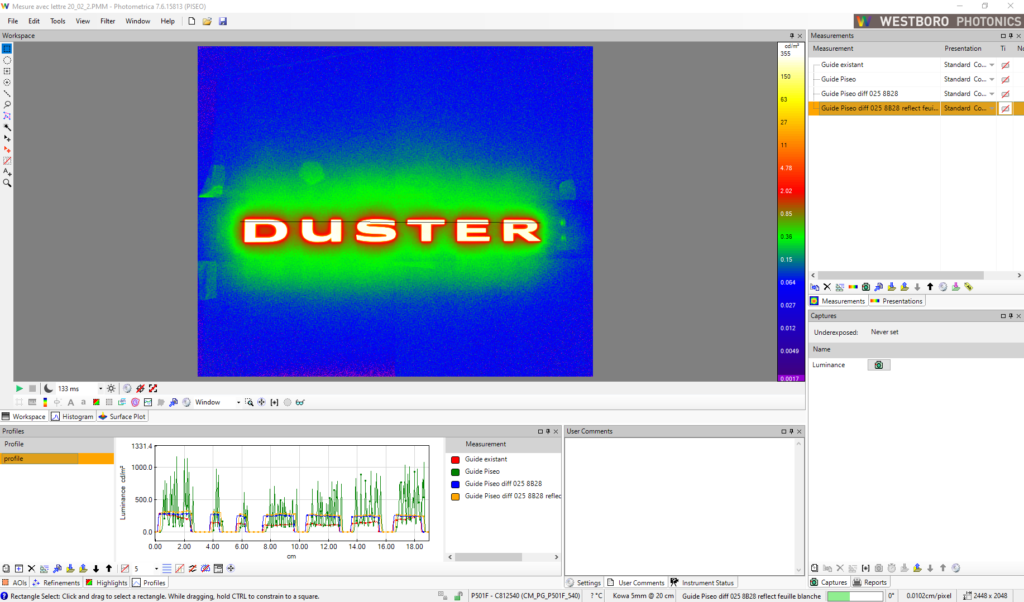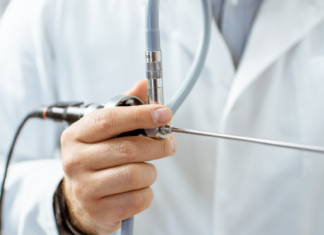Thanks to our team of highly qualified professionals and our commitment to ever more innovation, we are able to meet the most demanding needs of our customers. We perform luminance measurements for many market sectors :
- Automotive: signage, dashboards and display screens, pictograms, light lines, etc.
- Aeronautics: cockpit and cabins…
- Lighting: compliance with regulatory requirements for visual comfort in workspaces, tunnels, etc.
- Advertising spaces: reduction of light pollution…
- Medical devices and consumer goods: quality of HMIs and screens…
Our test engineers perform luminance measurements daily, providing unrivaled expertise to ensure accurate and reliable results. Our photometry laboratory is equipped with state-of-the-art devices to evaluate luminance with remarkable precision.
Luminance is a measure of the perceived brightness of a surface or light source as seen by an observer. It is a physical parameter that characterizes the intensity of light emitted, reflected, or transmitted by a surface in a given direction. Luminance is often expressed in candela per square meter (cd/m²) and is closely related to light intensity but also takes into account the apparent area of the source or surface.
In simpler terms, luminance is what our eyes perceive as the brightness of a surface or light source. It depends on both the amount of light emitted by the source or reflected by the surface and on how this light is distributed in our field of vision
In the field of research and development, luminance measurements are proving to be of crucial importance in ensuring product quality and performance.
At PISÉO, we understand the importance of having accurate and reliable data to make informed decisions throughout the development process. Thanks to our laboratory, we verify the optical design work and simulations carried out by our design engineers on models and prototypes. This is particularly useful for the design of human-machine interfaces (HMI) based on light guides.
Our testing equipment allows us to produce precise maps of the luminance of scenes and luminous surfaces. These maps, interpreted by our test engineers, provide valuable information to ensure the visual comfort of users and the perceived quality of the products.
Produced using a video luminance meter, the luminance maps provide the following characteristics present in the camera’s field of view:
• Point luminance
• Average, maximum, and minimum luminance of an area of the scene or mapped surface
• Uniformity of luminance to account for the luminous homogeneity of a surface • Contrast to distinguish details. This characteristic is, for example, used to determine the performance of visualization systems such as AR and VR masks.

Luminance measurements can be carried out on products within the PISÉO laboratory, as well as on site, in offices, workshops, on roads, or even in tunnels. These measurements largely depend on the characteristics of the products tested and the scenes present in the visual field. To ensure the quality of luminance measurements, PISÉO test engineers implement rigorous and specific test protocols adapted to customer needs and precise measurement equipment.

The PISÉO photometry laboratory is equipped with a Westboro Photonics P1230U video colorimeter integrating a 12.3 MP Sony CMOS sensor, and several lenses to cover a wide range of situations, from the closest to the most distant. This equipment benefits from systematic verification and is calibrated using a standard SI luminance source as part of the ISO 17025 accreditation of our laboratory (Scope available on www.cofrac.fr)
Like all our customers who are satisfied with our high level of service, you can benefit from the know-how and cutting-edge equipment of our testing engineers to guarantee the optical quality of your products and the conformity of your installations.



